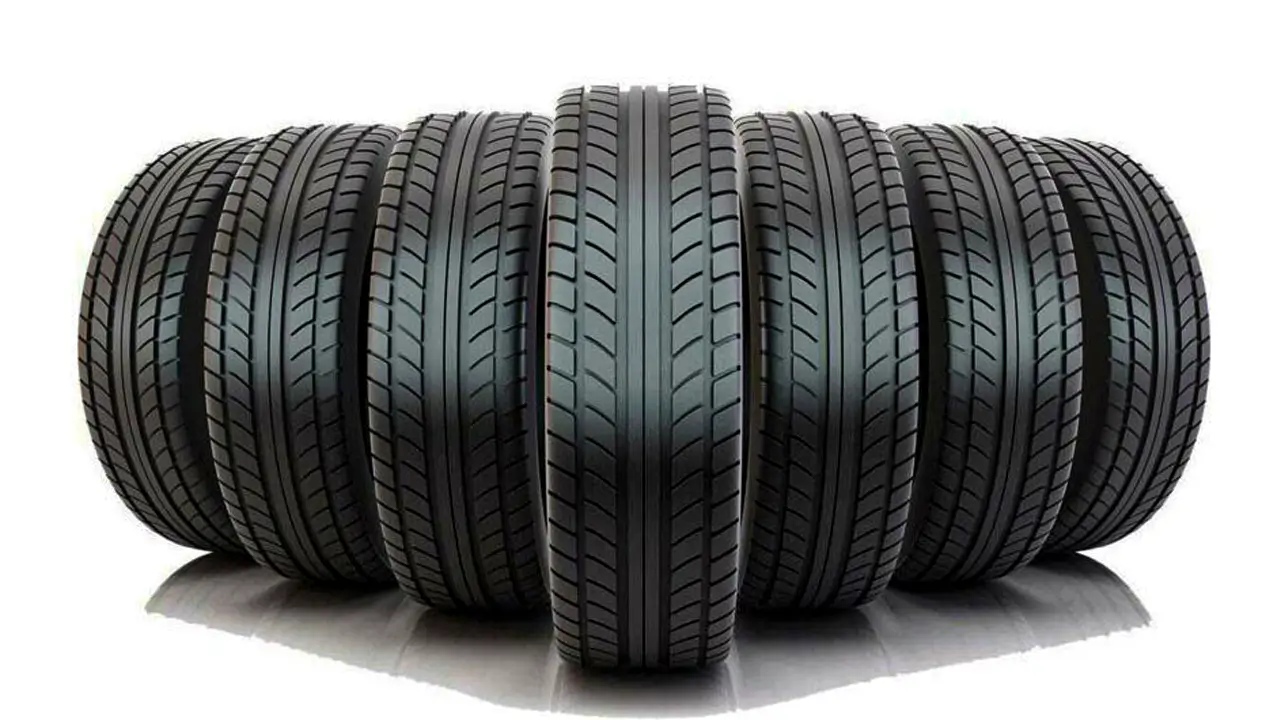Every car needs tires because they serve several essential functions that directly affect running, handling, and safety. Giving the car traction and supporting the weight of the object it is transporting are two that are essential. These components are necessary for the car’s maneuverability and safety. They are a feature of all tires, whether for heavy machines, trucks, motorcycles, or passenger cars. In this article, we will go further into these two essential tire functions, focussing on how they impact an automobile’s overall performance and efficiency.
Providing Traction
The traction describes the capability of the tire to cling to the road, allowing a car to accelerate, decelerate, and negotiate curves comfort. The ability of the vehicle to move quickly and stop safely would be compromised by insufficient traction, making it more difficult for the driver to manage. Tire inflation, road conditions, tread design, and rubber composition are some of the factors that affect how much grip a tire offers.
Tread Design and Traction
The tread pattern of a tire, or the configuration of grooves and channels on the surface, plays a role in assisting traction. Maximizing contact between the tire and the road surface is the fundamental goal of the tread, which also channels away water, mud, or snow to keep the tire gripping in many situations.
Wet or off-road conditions are best handled by tires having deep, broad grooves called tread voids because they can swiftly release water or debris that could otherwise cause the tire to lose touch with the road (a phenomenon known as hydroplaning). Conversely, tires featuring a more closed tread pattern, which maximizes the surface area in touch with the road, are more appropriate for dry weather and offer higher traction on smooth terrain.
Supporting the Vehicle’s Load
Supporting the weight of the car and its contents is the second essential job of a tire. The vehicle, its occupants, its cargo, and any additional loads are all supported entirely by the tires, which serve as the only point of contact between the vehicle and the road. In direct relation to this function is the distribution of weight over the contact of tire patch and structural integrity.
Load Carrying Capacity
The weight a tire can support at a specific inflation pressure is known as its load-carrying capacity, and each tire has one. This capability is essential to preserving performance and safety. Tire blowouts, excessive wear, overheating, and other hazardous outcomes can result from overloading a tire, defined as applying weight above its maximum rated capacity.
The load rating of a passenger car tire can specify the heaviest weight each tire can support when inflated to the prescribed level. Uneven tire wear, decreased fuel efficiency, and an increased risk of accidents can result from being unable to support the weight. Because heavy-duty vehicles like trucks and construction equipment carry loads, their tires have substantially higher load ratings.
